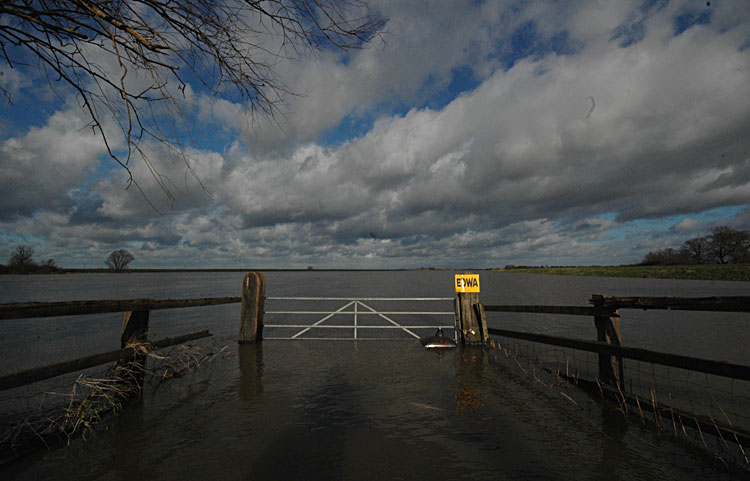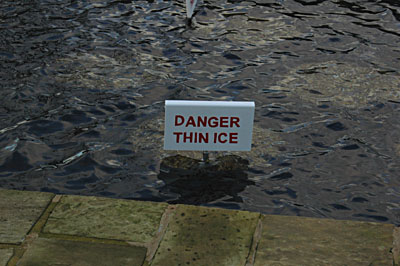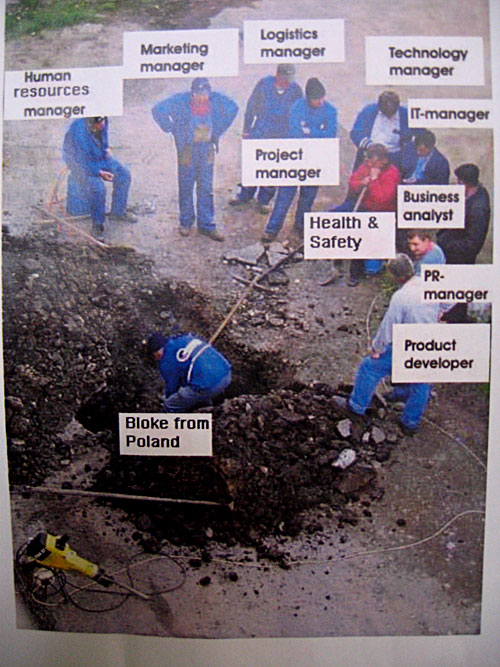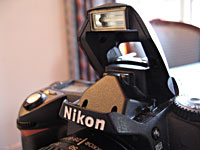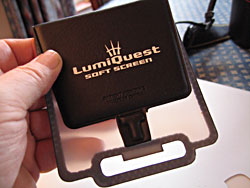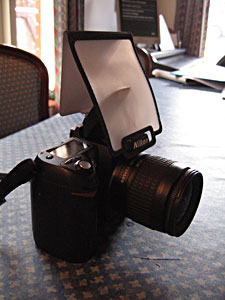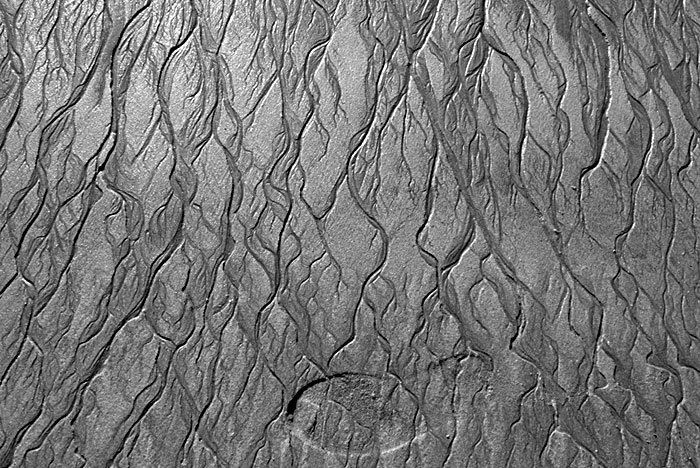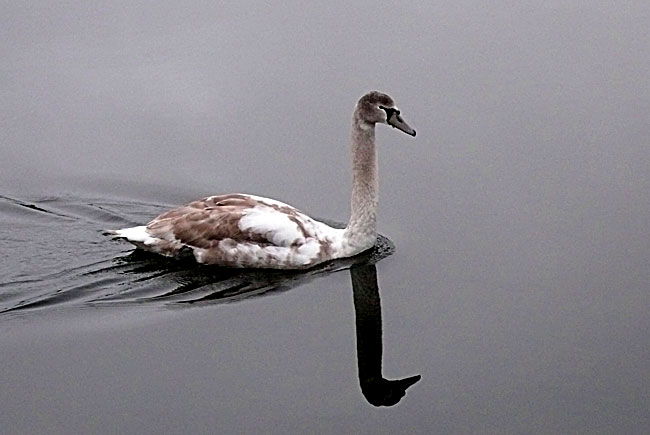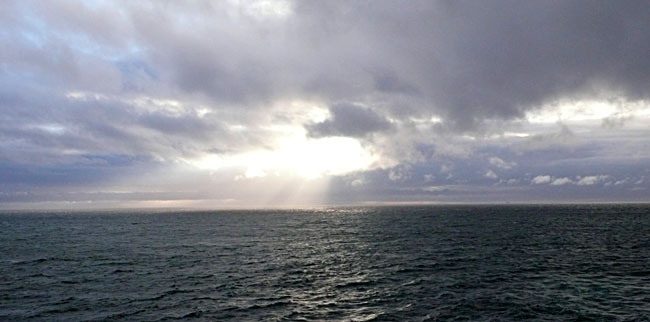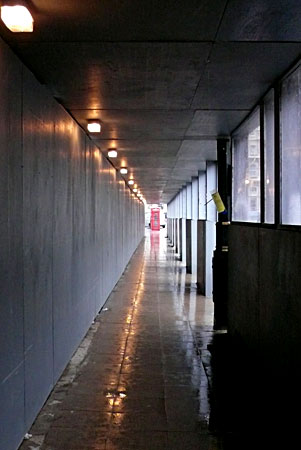One of the funnier aspects of digital photography is listening to retail sales personnel explaining megapixels to customers. Basically the line seems to be that the more megapixels you have, the better. How come then that my Nikon D70, with its 6.1 megapixel sensor, produces consistently better images than my Leica D-Lux 3 compact, which boasts 10 megapixels?
The answer, crudely, boils down to two factors: a larger sensor and better lenses. When I was talking about this with a colleague, Dave Phillips (also a D70 user), he pointed me to this useful tutorial by Sean T. McHugh, whose site also includes some terrific photographs of Cambridge.

